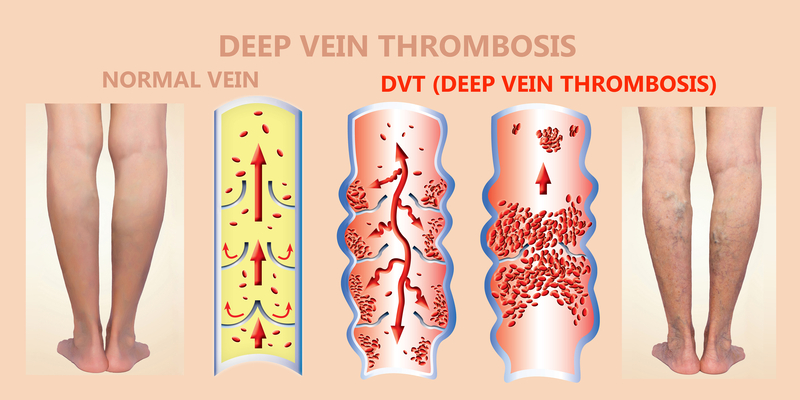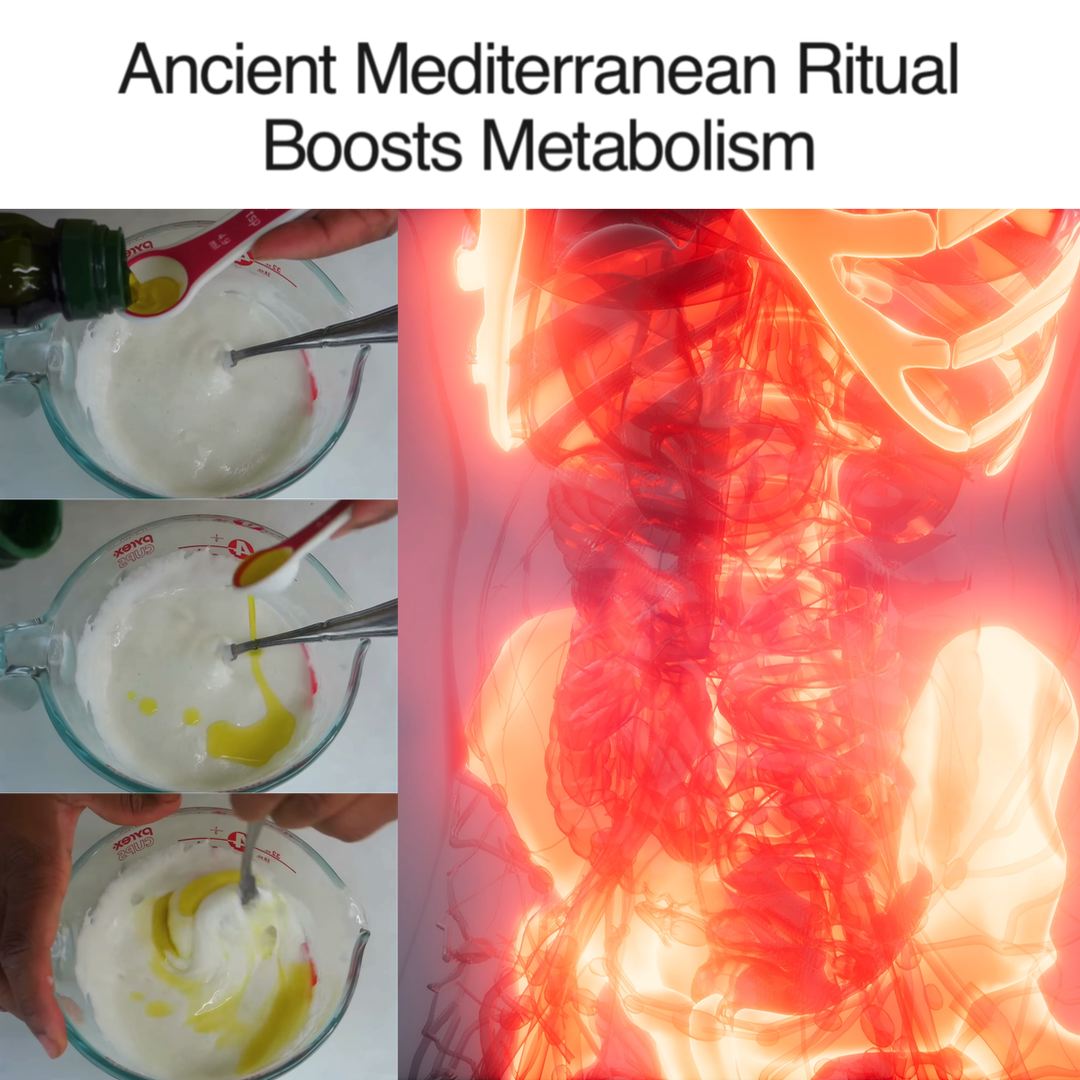
It’s a regular Tuesday morning, and John, a 45-year-old writer, feels a sudden, unusual pain in his leg. Little does he know, this is the beginning of a journey that leads to a surprising discovery – he’s at risk of Deep Vein Thrombosis (DVT). This condition, often lurking unseen, can pose serious health risks if left unchecked. But what exactly is DVT, and could you be at risk too?
Understanding DVT
Deep Vein Thrombosis (DVT) occurs when a blood clot forms in a deep vein, usually in the leg. This clot can cause significant health issues, and in severe cases, can lead to life-threatening complications. Various factors like prolonged sitting, certain medications, or genetic predispositions can increase the risk of developing DVT.
Symptom #1: Swelling in One Leg
One of the earliest signs of DVT is noticeable swelling in one leg. This occurs because the blood clot disrupts normal blood flow, causing fluid to accumulate. It’s vital to understand that swelling in both legs might point to other conditions, making this a distinguishing feature of DVT.
Symptom #2: Leg Pain or Tenderness
DVT can cause pain or tenderness in the leg, often described as a cramp or soreness. This pain might worsen when bending the foot upward. If you experience persistent, unexplained leg pain, it’s crucial to consult a healthcare provider.
Symptom #3: Changes in Skin Color
An affected leg may exhibit skin discoloration, turning red or blue. This change is caused by the reduced blood flow and can be a significant warning sign of DVT.
Symptom #4: Warmth in the Affected Leg
The area around the blood clot in DVT can feel unusually warm to the touch. This warmth is a reaction to the blood clot and is an important symptom to be aware of.
Symptom #5: Visible Veins
Lastly, veins near the surface of the skin may become more visible or even feel hard to the touch, indicating potential clot formation underneath.

Prevention and Management
Preventing DVT involves maintaining an active lifestyle, staying hydrated, and following a balanced diet. Simple exercises, especially for those with sedentary lifestyles, can significantly reduce the risk. Natural remedies like consuming ginger or turmeric, known for their blood-thinning properties, can be helpful too. However, these should not replace medical advice or treatment.
Conclusion
Awareness of the signs and symptoms of DVT is critical for early detection and management. If you notice any of these symptoms, don’t hesitate to seek medical advice. Remember, it’s always better to be safe than sorry. Stay informed, stay vigilant, and take care of your vascular health – your body will thank you for it!














